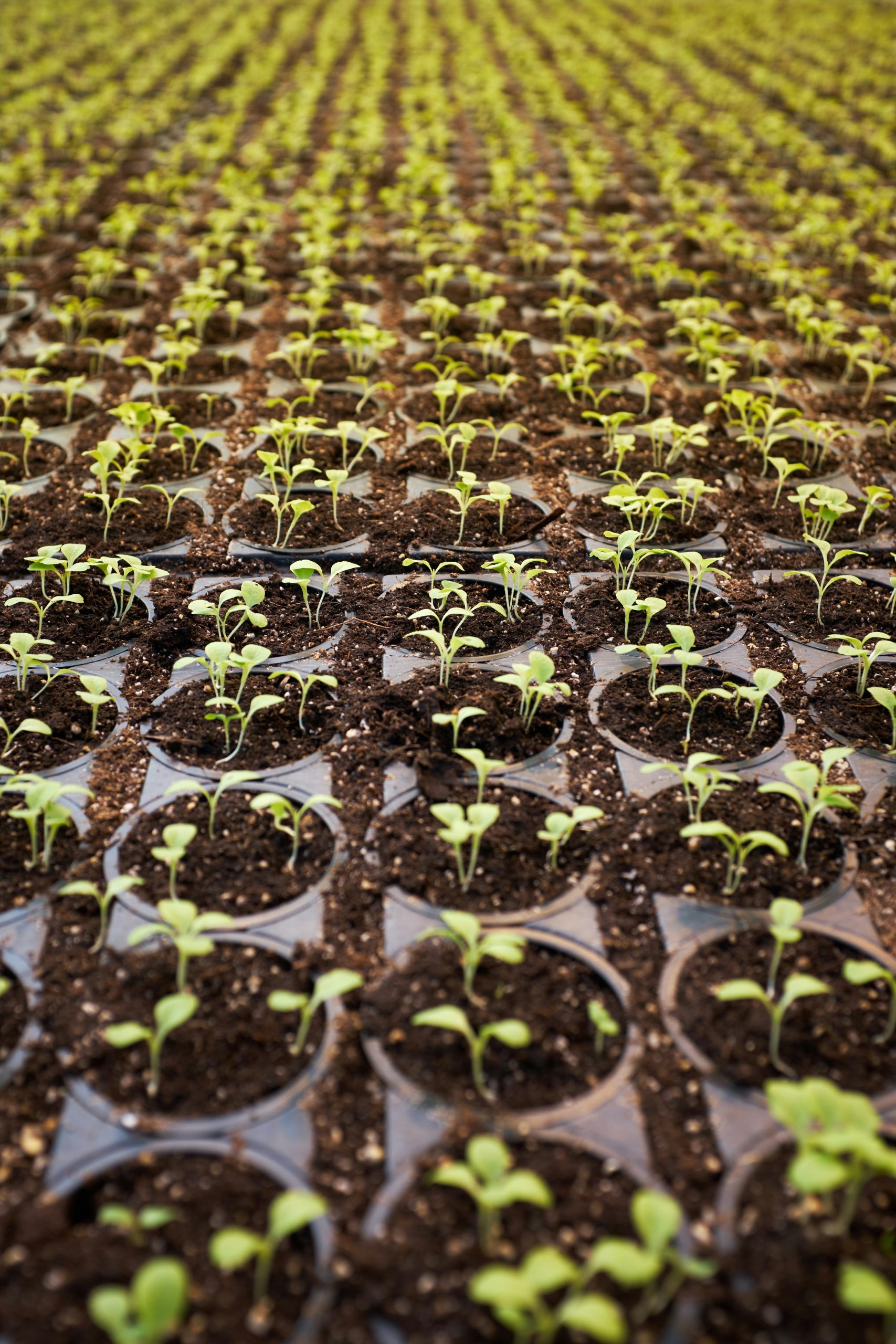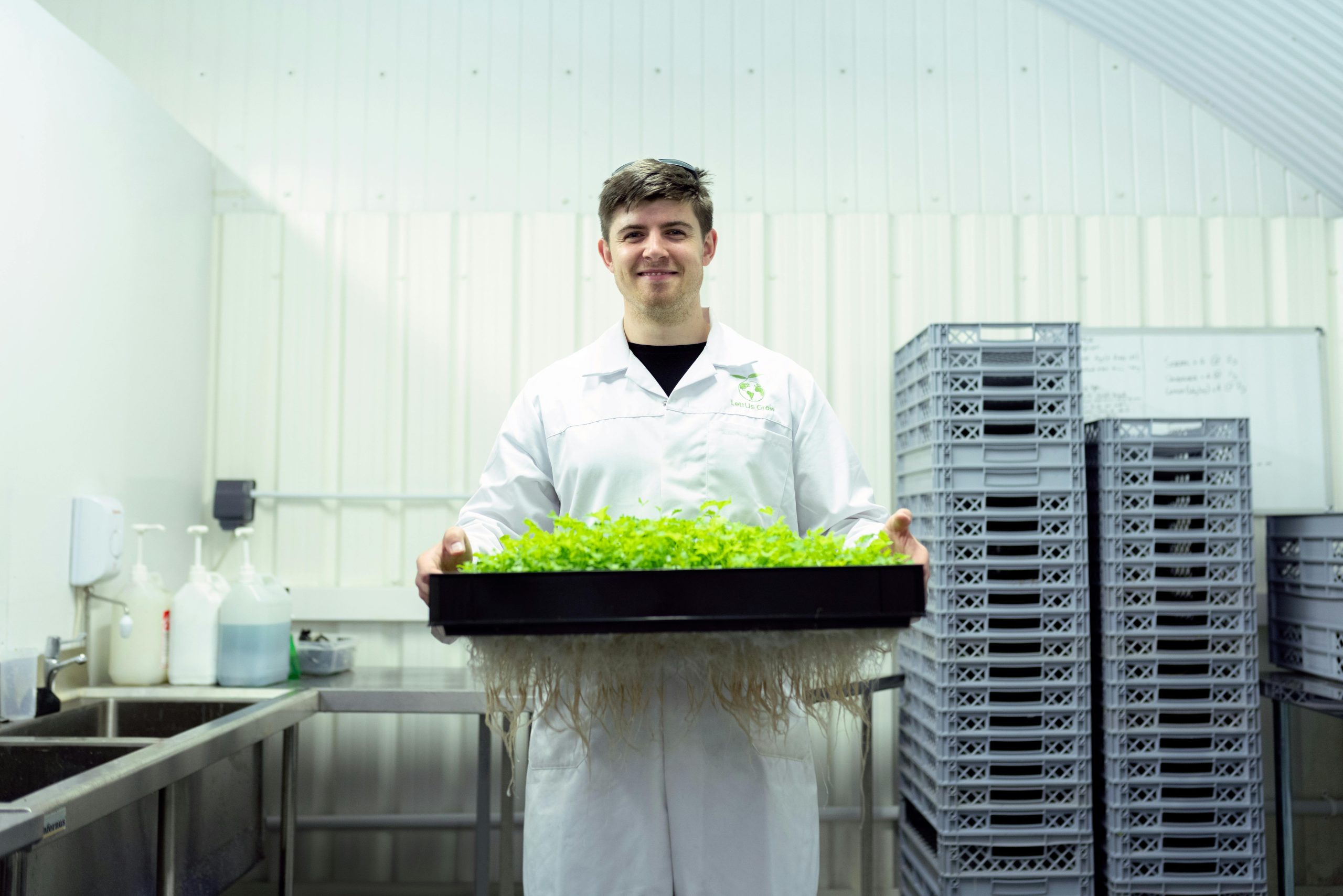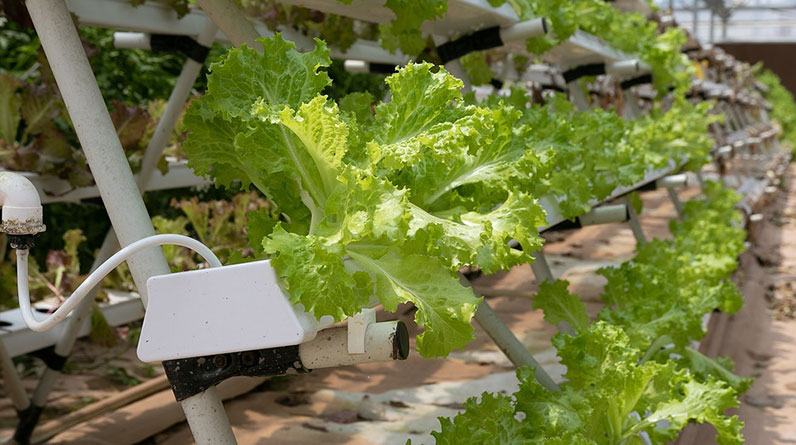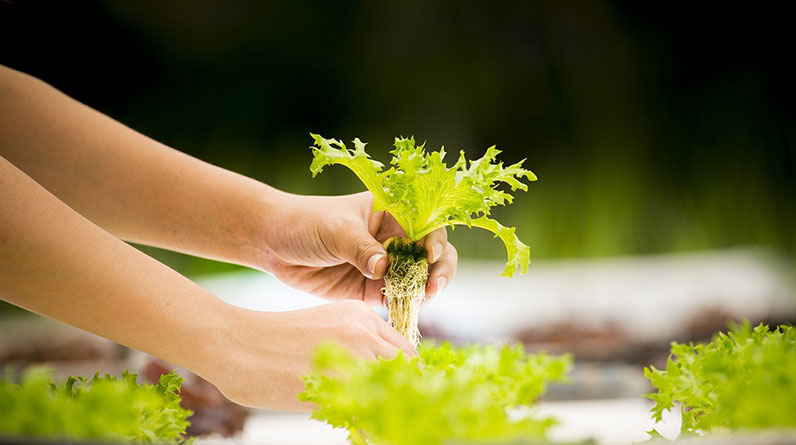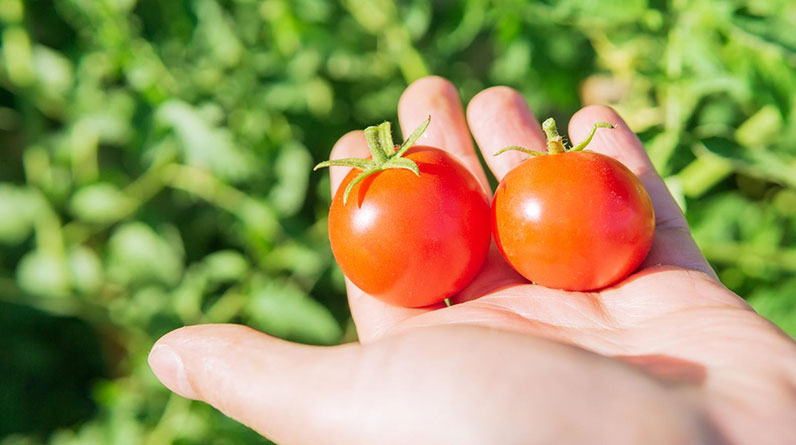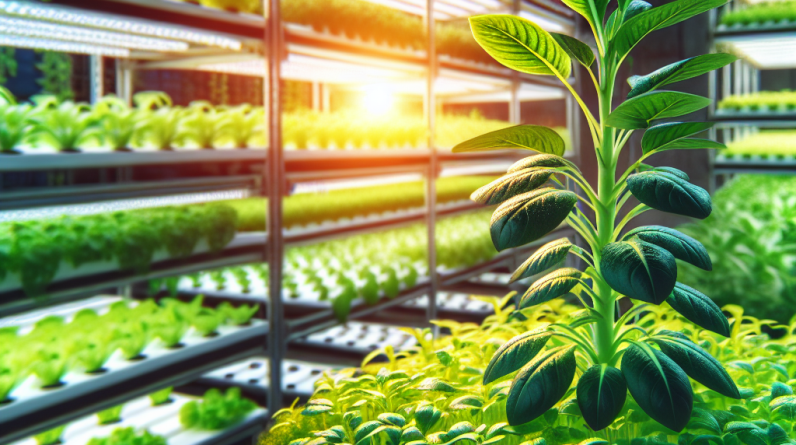
Understanding Hydroponics
What is Hydroponics?
When I first got into hydroponics, I was completely blown away by the idea that you could grow plants without soil. It’s all about creating an environment where plants can soak up nutrients directly from a water solution. This method allows for faster growth and less space, making it a win-win for urban gardeners or anyone short on land.
Basically, hydroponics allows you to skip the messy soil altogether. Instead of digging into the earth, you’re managing a nutrient-rich water mix. This immediately reduces a whole lot of potential waste, since you’re not dealing with soil erosion or the need to replenish nutrients naturally present in the earth.
I love explaining this because it’s perfect for people looking to be more sustainable. It emphasizes how we can grow food effectively while minimizing resource use, and that’s become a big concern for many of us looking to lead greener lives.
The Different Hydroponic Systems
There are several types of hydroponic systems out there, and each one has its quirks. From nutrient film techniques to deep water culture, you really have options! When I started, I tried a simple nutrient film technique (NFT) system. It involved a constant flow of nutrient solution running over the plant roots. This method conserves water and nutrients, which is right in line with the no-waste philosophy.
Another cool system is the aeroponic system, where roots hang in the air and get misted with nutrient solutions. Talk about revolutionary! It’s super efficient and uses minimal water, but it does require a little more tech know-how.
Finally, there’s the more traditional approach of deep water culture, where plants sit in a bucket of nutrient-filled water. As you can guess, each method comes with its own pros and cons, but they all share the common goal of reducing waste while growing healthy food!
Benefits of Hydroponics
So, why should you consider hydroponics? For starters, it’s incredibly efficient. It uses about 90% less water than traditional farming methods, which is huge, especially in drought-prone areas. The first time I calculated my water usage after switching, I couldn’t believe how much I was saving!
The space efficiency is another major perk. You can grow a variety of crops in your apartment or backyard without needing vast plots of land. Plus, you’ll often notice faster growth rates, as plants can absorb nutrients directly without competing for them in soil.
On a community level, hydroponics can contribute to local food production, reducing transportation costs and emissions associated with moving produce from rural farms to urban areas. It feels good knowing that my little hydroponic setup could play a part in a more sustainable food system.
Setting Up Your Hydroponic System
Choosing the Right Location
Your hydroponic system needs a good spot, trust me. I learned the hard way that I needed enough natural light or solid grow lights to get my plants thriving. If you’re using artificial lighting, you’ll need a strategic setup to ensure all plants get their fair share of the light.
Also, think about accessibility. You’ll frequently be checking on nutrient levels and plant health, so putting your setup somewhere easy to reach will save you headaches. My first system was in the corner of my garden, and I found myself creeping around plants to get to it.
Finally, consider temperature and humidity. Different plants have varying needs, and ensuring a balanced environment is crucial to avoiding waste from dead plants or poor yields. After a bit of trial and error, I found that spot where my plants just loved hanging out!
Building Your Hydroponic System
If you’re feeling crafty, building your own system can be both fun and cost-effective. I started with some basic materials—a plastic tub, net pots, and a simple water pump. You can go as complex or simple as you want, which is part of the charm.
Take your time planning it out. There are loads of online tutorials that can guide you, but you’ll want to ensure your design maximizes efficiency and minimizes waste. My own initial setup involved way too many redundancy fails, so I learned to simplify!
Remember, the more intuitive your setup is, the easier it’ll be to monitor and maintain in the long run. Productivity often comes down to how accessible everything is. And don’t forget to have fun—getting a little creative can lead to some surprisingly effective solutions.
Maintaining Your Hydroponic System
Maintenance is key when you’re dealing with hydroponics. I remember my first few weeks were full of panic, trying to figure out nutrient levels and pH balance. But once I got into a routine, it became second nature. You’ll want to check your nutrient solution regularly and replace it every couple of weeks.
It’s all about keeping an eye on your plants too; they’ll tell you if something is off. Yellowing leaves or slow growth are signs that adjustments might be needed. Trust me, learning to read those signals is incredibly rewarding!
Lastly, remember to keep everything clean. Algae or bacteria can wreak havoc on your crops. Regularly cleaning your system will help minimize waste and ensure your plants thrive. I learned that the hard way after a minor algae outbreak once!
Harvesting and Enjoying Your Crops
When to Harvest
This is the exciting part! Timing your harvest can make a huge difference in taste and texture. The first time I harvested hydroponic lettuce, I did it when the leaves were still tender, and wow, what a difference! I’ve learned to monitor my plants closely and trust my instincts when it comes to when they’re ready.
Each kind of plant has its signals—some need to reach a specific height, while others are ready once they’ve developed a certain amount of leaves. Understanding these signs makes the process even more enjoyable, reinforcing that connection with what I’m growing.
Don’t forget to sample a bit as you go along! It’s a fantastic way to celebrate the effort you’ve put in, and every bite feels like a win after all that nurturing and maintenance.
Creative Ways to Use Your Harvest
Once you’ve got a bounty of hydroponic produce, it’s time to get cooking! I love experimenting with fresh herbs and greens, adding them to everything from salads to smoothies. It’s amazing how much flavor fresh produce can bring to a dish compared to store-bought.
Consider sharing your harvest too! I often find myself gifting my extra herbs or greens to neighbors, and they love receiving something fresh and local. It creates a lovely sense of community and helps reduce waste further since nothing goes uneaten.
You can even get creative with preserving any extras, like drying herbs for future use. That way, you’re not just enjoying the bounty now, but you’re also taking a little of that goodness into the future. It’s all about savoring and maximizing what you’ve grown!
Engaging with a Community
Don’t forget about connecting with other hydroponic enthusiasts! Whether on social media, local gardening clubs, or community gardens, exchanging tips and experiences is invaluable. I’ve learned so much from others who share their ups and downs in the hydroponics world.
Involving yourself in forums or local workshops can open doors to new techniques I might not have considered otherwise. Sharing successes and frustrations creates a supportive network that makes the whole experience more enriching.
Lastly, when you connect with others, you’re spreading the no-waste message further. Letting others know how easy and rewarding it can be to grow your own food hydroponically can inspire them to try it for themselves!
FAQs About The No-Waste Way to Grow Hydroponic Crops
What type of plants are best for hydroponics?
Leafy greens like lettuce, spinach, and herbs are particularly popular choices for beginners. They grow quickly and respond well to hydroponic systems! Once you’re comfortable, you can explore fruiting plants like tomatoes and peppers.
How much space do I need for a hydroponic system?
You can create a hydroponic setup in as little as a small shelf or table. What matters more is the efficiency of your system rather than the amount of space. I started with just a few square feet and managed to grow a great variety of crops!
Is hydroponics expensive to start?
It can be, but there are many budget-friendly options out there. Depending on whether you build your system or buy a pre-made one, you can start small and expand as you see fit. Trust me, the most important thing is to find what works for you.
How often do I need to check my hydroponic system?
I recommend checking your system daily, especially in the beginning. This way, you can monitor water levels and nutrient concentration closely. Once you get into a routine, it becomes easy to manage!
Can I grow hydroponics indoors?
Absolutely! In fact, many indoor gardeners use hydroponic systems to maximize space and yield, especially in urban settings. Using grow lights will help ensure your plants get the light they need to thrive indoors.




